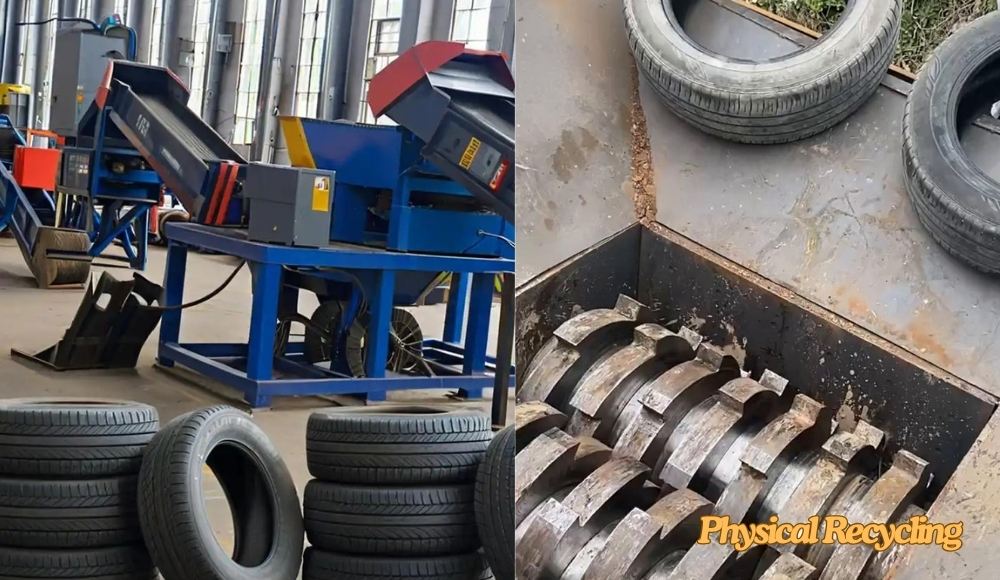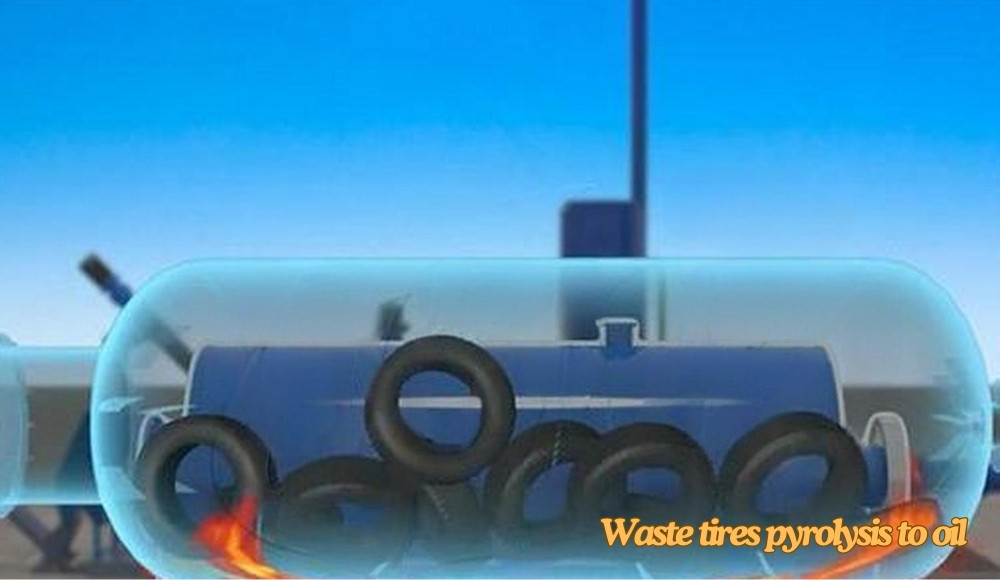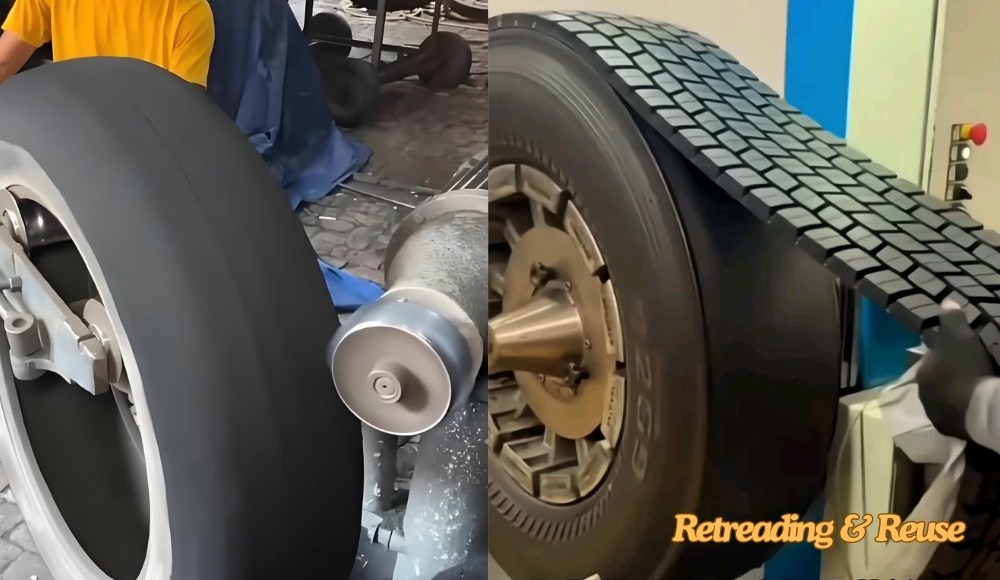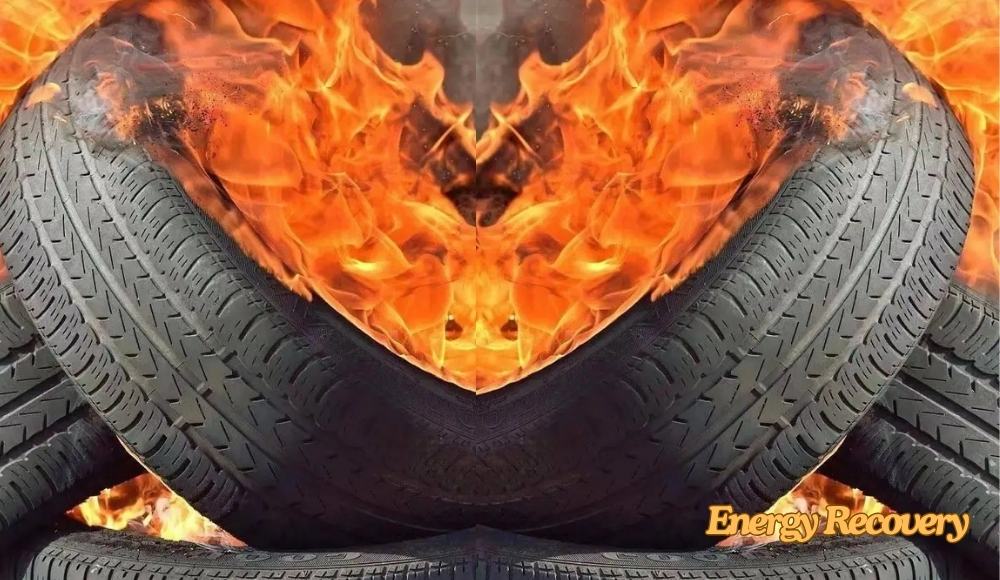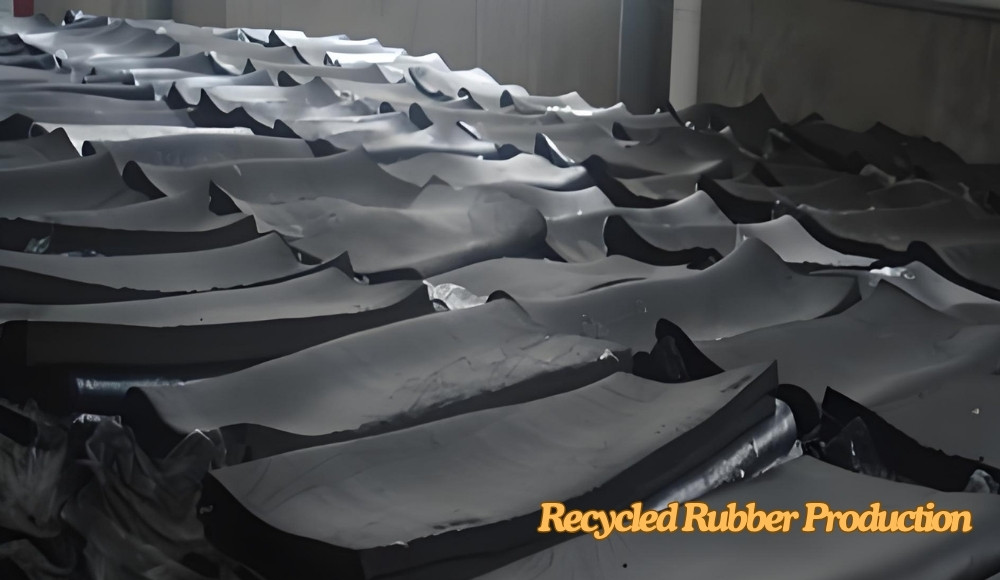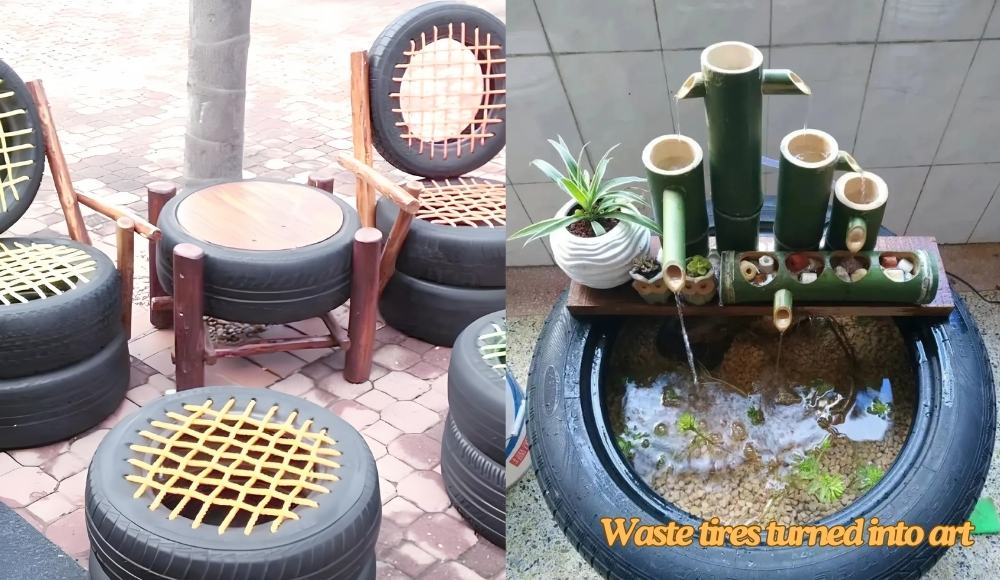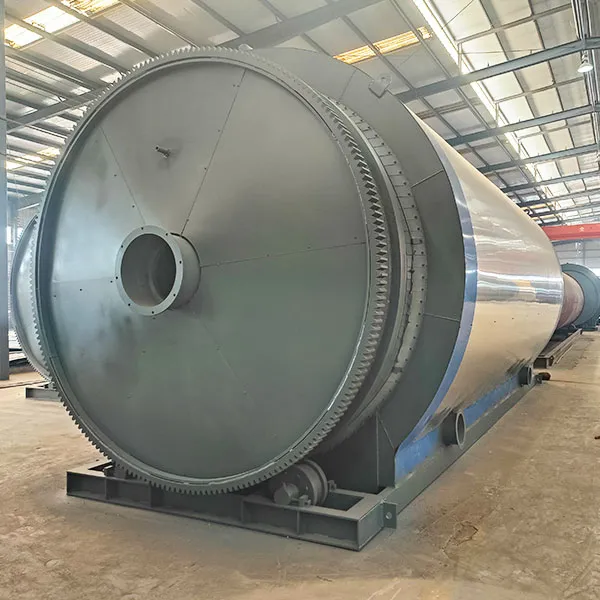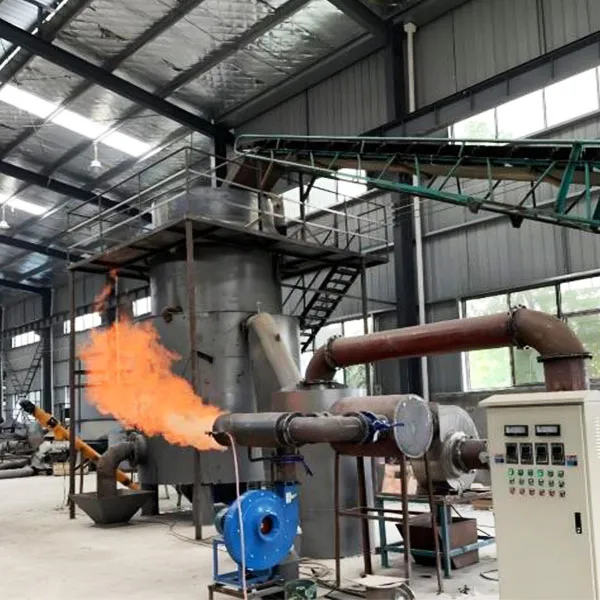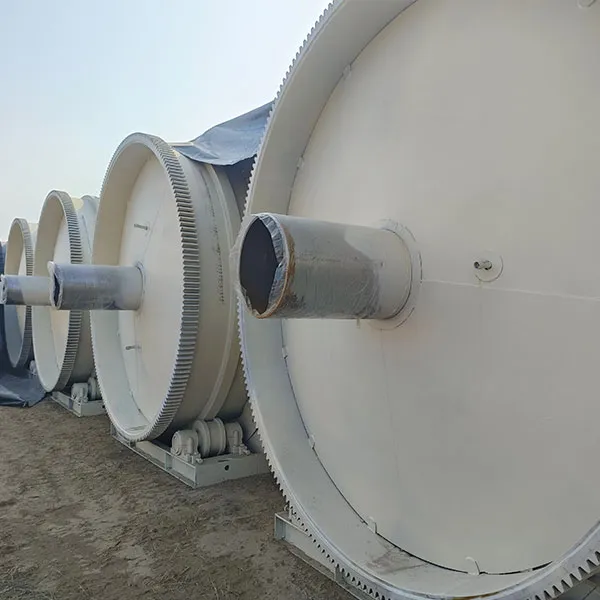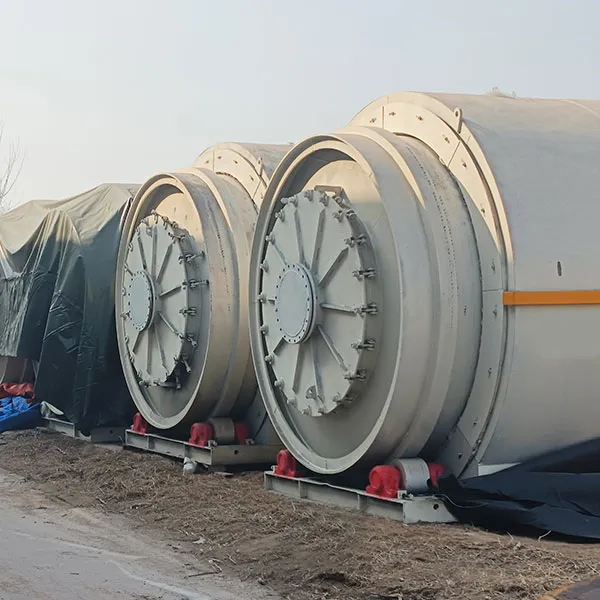What are the common tire recycling methods
2025-06-12 16:48:14
Tire recycling is a crucial part of resource circular utilization. Common recycling methods mainly include the following categories, each with its own advantages and disadvantages and suitable for different scenarios:
1. Physical Recycling (Mechanical Processing)
Principle: Tires are broken down into particles or rubber powder of varying sizes through cutting, crushing, and grinding.
Applications:
Rubber powder (1-5mm): Used for running tracks, sports fields, soundproofing materials, and asphalt modification (rubberized asphalt roads).
Rubber granules: Filler for artificial turf, playground mats, and crash barriers.
Steel/fiber separation: Recovered steel is used in metallurgy, and fibers are used for insulation materials.
Advantages: Mature technology, low pollution.
Disadvantages: Requires impurity separation (steel/fiber), low added value for rubber powder.
2. Pyrolysis Recycling
Principle: Tires are decomposed under high-temperature, oxygen-free conditions to produce oil, carbon black, and combustible gas.
Products & Uses:
Pyrolysis oil: Can be used as fuel or chemical feedstock.
Carbon black: Used in tire remanufacturing or as a filler in coatings.
Steel wire: Directly recycled.
Advantages: High resource recovery rate, thorough processing.
Disadvantages: High equipment costs, requires control of pollutants like dioxins.
3. Retreading & Reuse
Applicable Objects: Truck, aircraft, and other large tires (if the carcass is intact).
Process: Carcass inspection → Removal of old tread → Application of new tread → Vulcanization.
Advantages: Extends lifespan, saves resources (1 retreaded tire ≈ 60% raw material savings).
Disadvantages: Requires strict quality control; low retread rate for passenger car tires.
4. Energy Recovery (Cement Kilns/Power Plants)
Method: Tires are used as high-calorific fuel (1 ton of tires ≈ 1.5 times the calorific value of coal).
Applications:
Cement plants (replacing coal, with residues incorporated into cement).
Power plants (co-combustion, requiring exhaust treatment).
Advantages: Significant carbon reduction effect.
Disadvantages: Potential heavy metal pollution; requires high-temperature purification.
5. Recycled Rubber Production
Process: Devulcanization treatment to reprocess waste rubber into recycled rubber.
Uses: Mixed with new rubber for low-end products (shoe soles, gaskets, speed bumps, etc.).
Advantages: Reduces dependence on virgin rubber.
Disadvantages: Chemical agents may be used in devulcanization (requires environmental controls).
6. Innovative Applications (Emerging Technologies)
Construction/Civil Engineering:
Tire chips for roadbed filling, slope reinforcement (lightweight & shock-resistant).
Whole tires for retaining walls or artificial reefs (international examples).
3D Printing Materials: Rubber powder composites for new building materials.
Art/Home Decor: Handmade furniture, decorative items, etc.
Environmental Challenges & Trends
Issues: Illegal dumping leads to mosquito breeding and fire hazards (tires are non-biodegradable).
Technological Directions:
Green pyrolysis (microwave pyrolysis to reduce energy consumption).
Biodegradable rubber (under development, not yet widespread).
Policy: Stricter recycling legislation (e.g., EU mandates 100% tire recycling by 2030).
The choice of recycling method should consider tire condition, local facilities, and market demand. For example, truck tires are prioritized for retreading, passenger car tires are mostly crushed, and heavily contaminated tires may lean toward pyrolysis.


